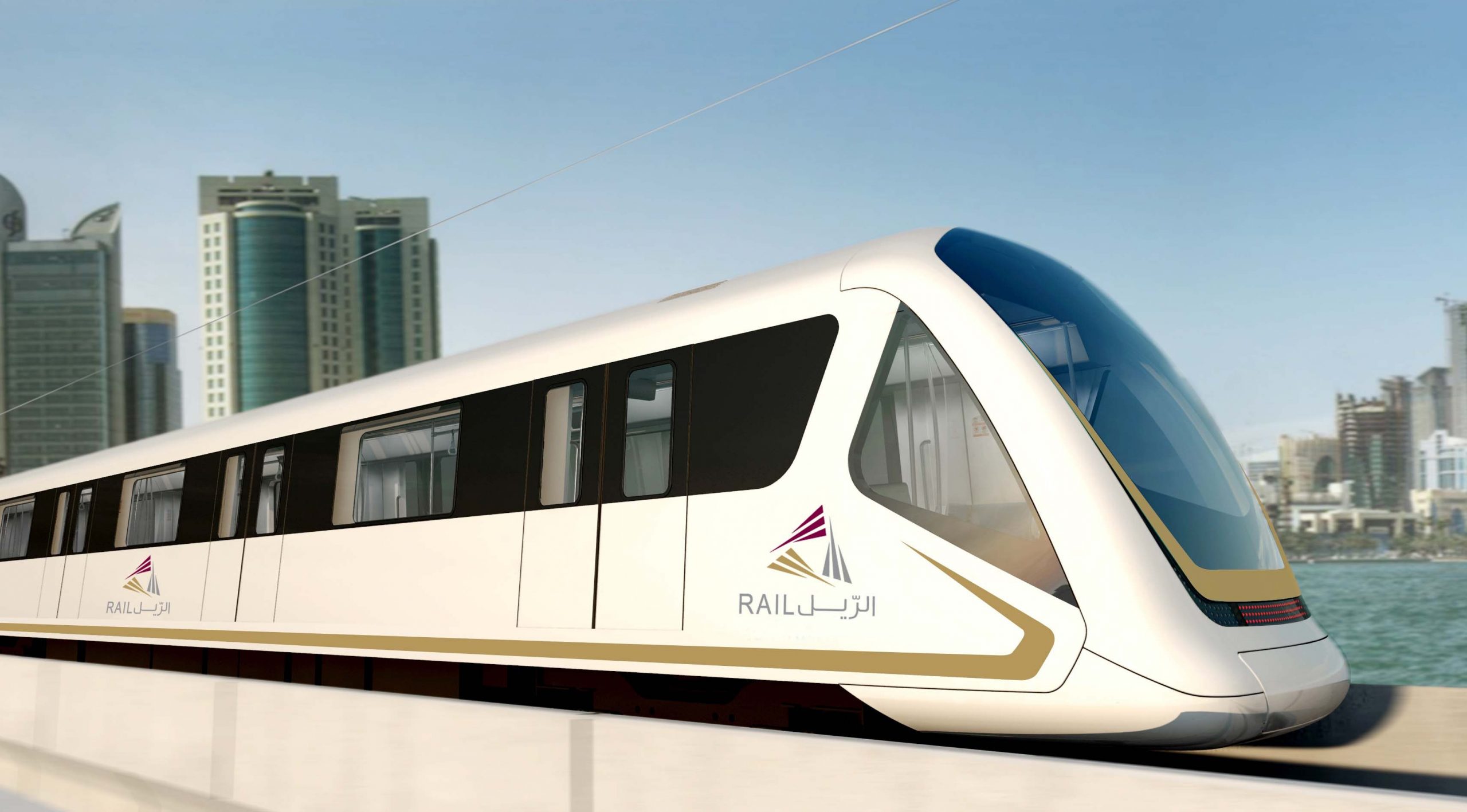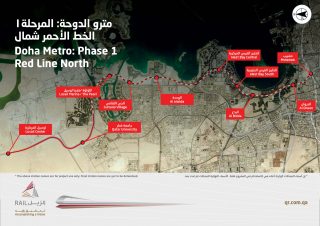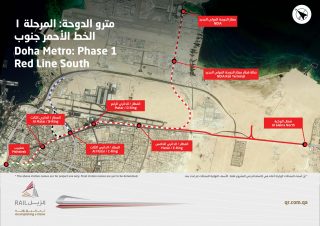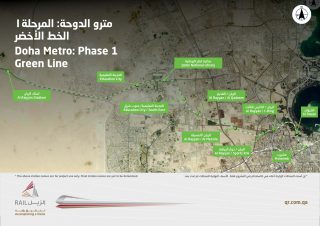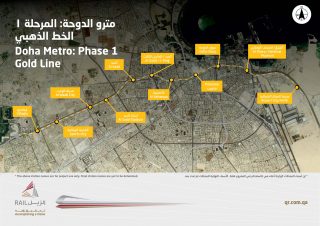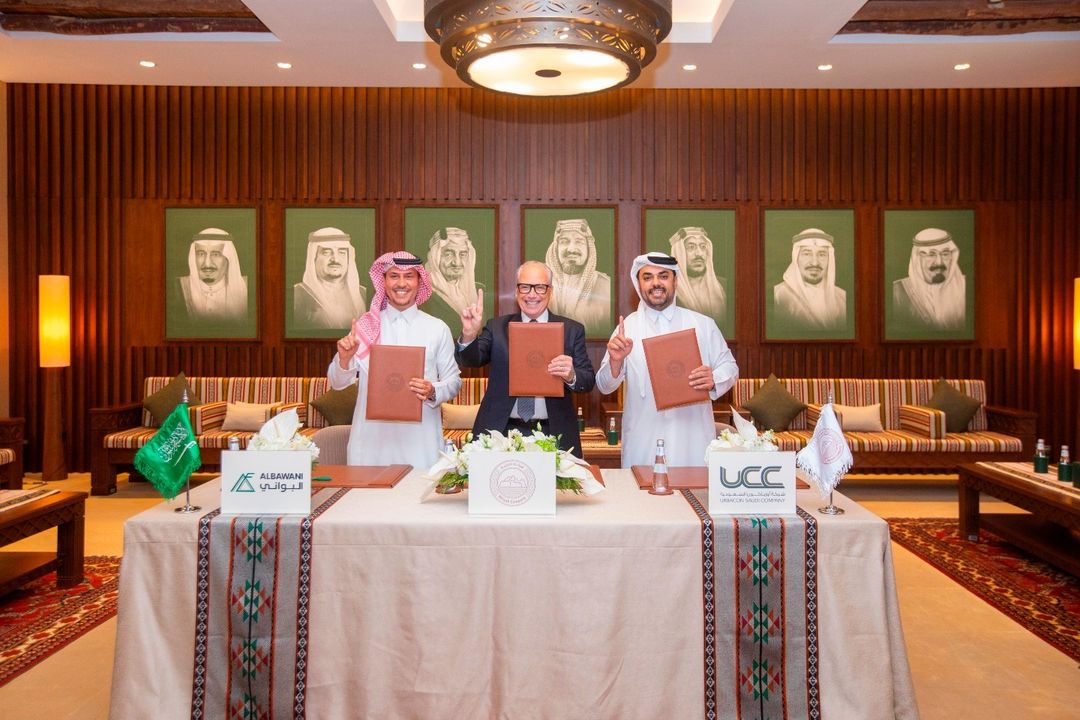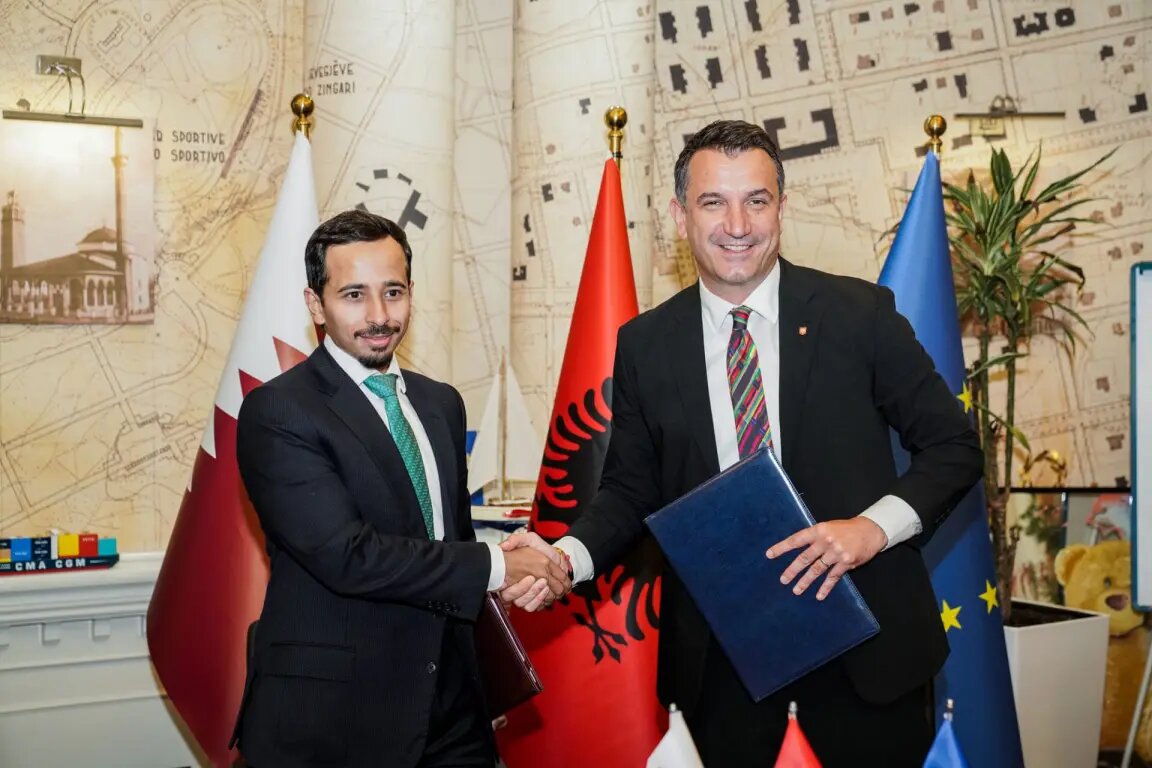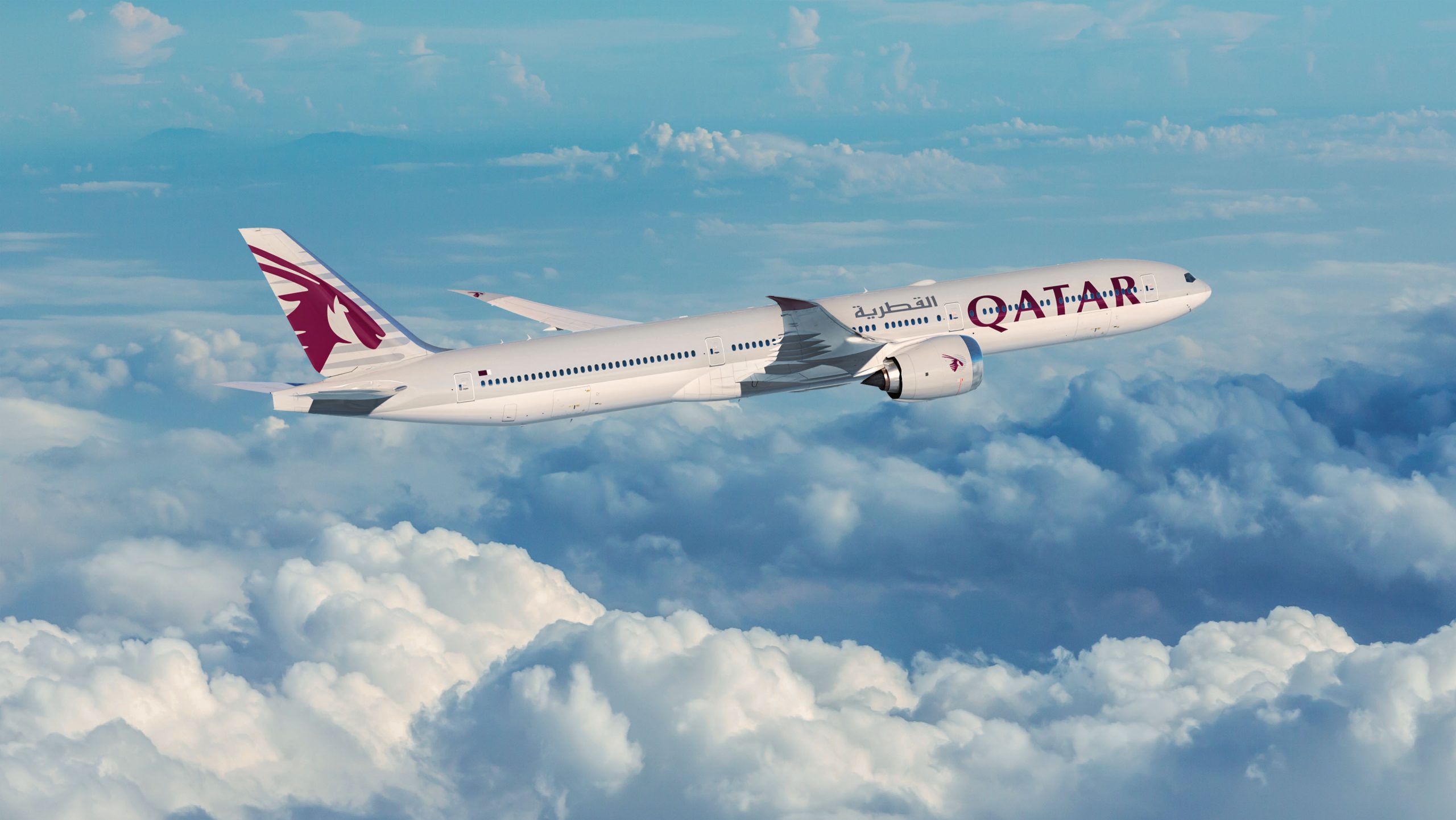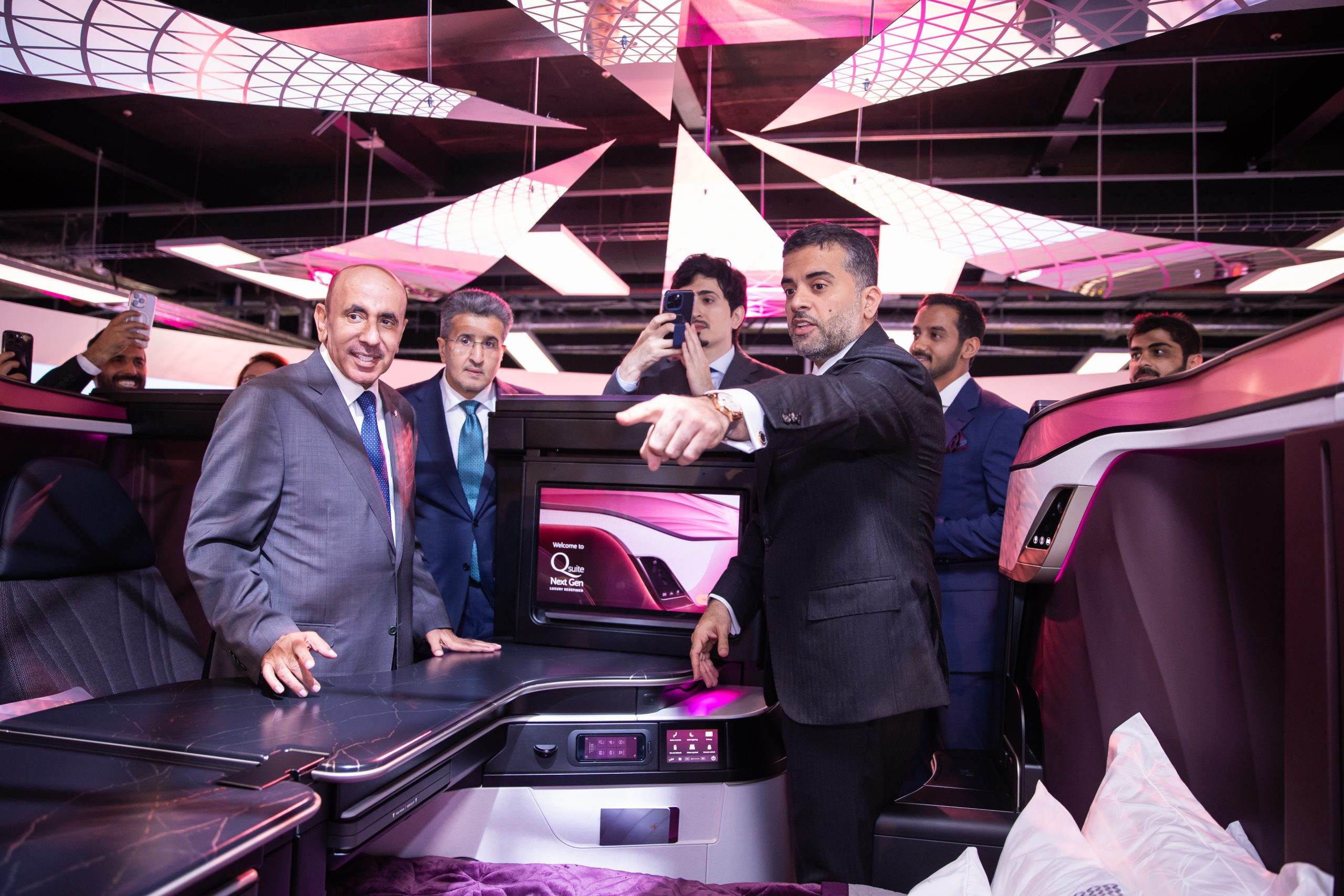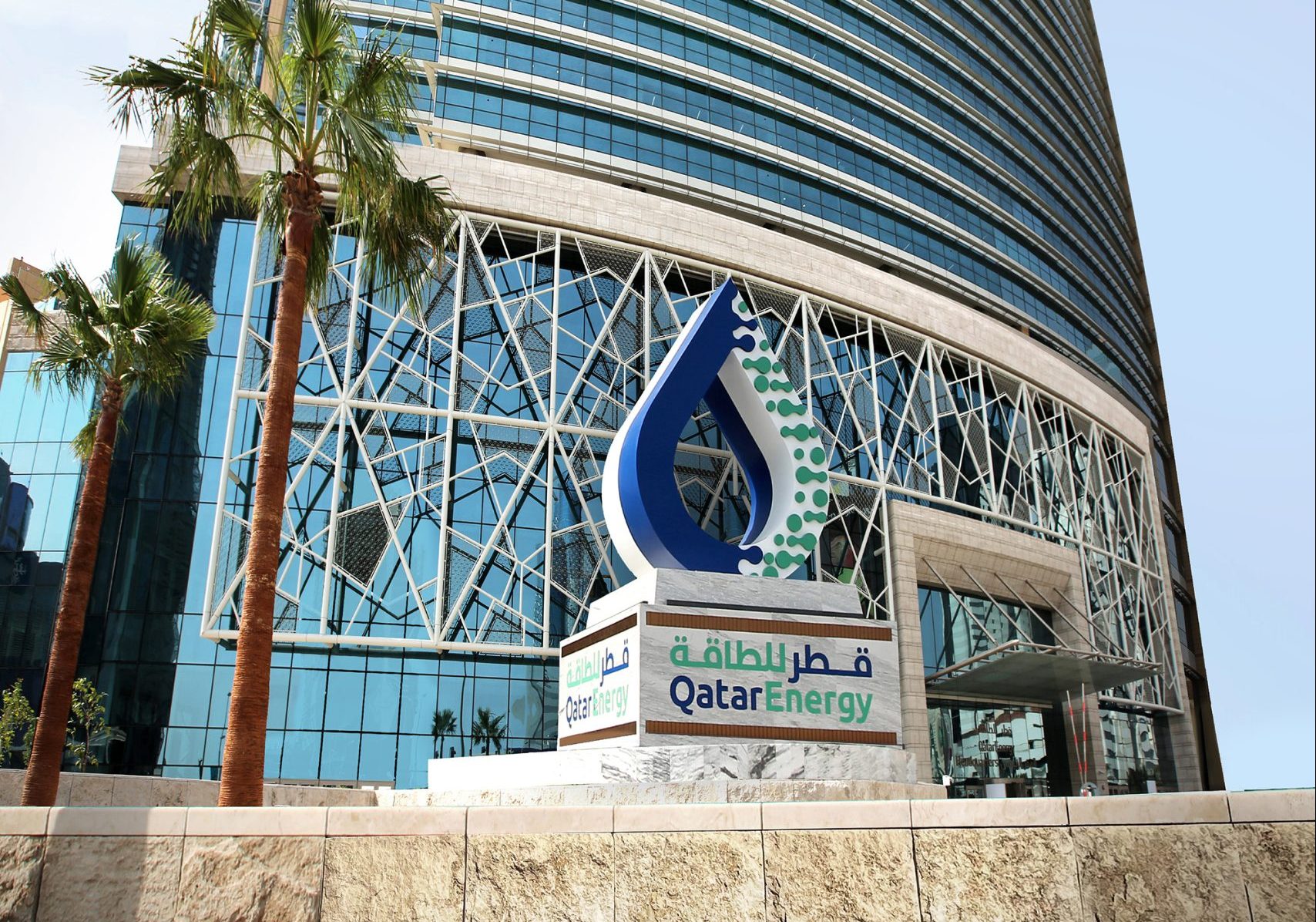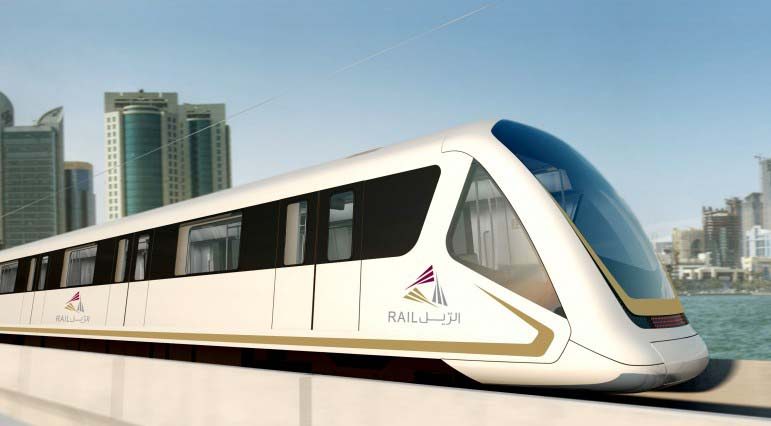
Doha Metro contractors have finished excavation efforts for six underground stations and are on track to complete their work in time for the system to open in late 2019, a top Qatar Rail official has said.
Crews have dug roughly 27 meters below the surface, the deepest point for the six stations, Abdullah bin Abdulaziz Turki Al Subaie, managing director of Qatar Rail Co., recently told local business magazine The Edge.

Ground has also been broken on the remaining stations that are scheduled to be part of the first phase of the rail project, Al Subaie added.
His comments are one of the first official updates on the Doha Metro in almost a year, when Qatar Rail provided a comprehensive overview of its plans.
Since then, it has remained largely quiet about its progress, leaving it to foreign construction firms and architects to announce their involvement and show how the massive transportation project is taking shape.
Leaving cars at home
Authorities hope that once the metro opens to passengers, the rail will help reduce worsening traffic woes in Doha. Gridlock has become a daily reality for many motorists as the city’s population grows alongside the country’s booming economy.
But getting cars off the road requires residents to shift their commuting habits and give up the convenience of their personal vehicle in favor of public transit.
While Al Subaie told The Edge that Qatar Rail plans to educate residents about the environmental benefits of taking transit, he also noted that the system will be designed to encourage users to leave their cars at home.

Because not all metro stations will have big parking lots, passengers may need to take high-frequency feeder buses that will run through neighborhoods to get to the stations, Al Subaie was quoted as saying.
“In the future, you may not always be able to park your car just near to the place you would like to see … We are trying to minimise the number of cars entering the city from outskirts of Doha. So we don’t want, for example, someone to come into the city and park inside the city,” he said.
Al Subaie added that Metro stations would be connected to existing buildings where possible, providing shelter for pedestrians as they walk to and from stations in Qatar’s hotter months.
System takes shape
Station construction sites – some occupying the equivalent of several city blocks – have sprouted up across Doha in recent months, helping residents visualize where the metro will run.
The first phase will consist of 37 stations along four lines:
- The Red Line North, running from a connection with Lusail’s light-rail line to Msheireb via West Bay;
- The Red Line South, running from Msheireb to Hamad International Airport;
- The Green Line, running from Al Rayyan Stadium to Msheireb via Education City; and
- The Gold Line, running from Villaggio Mall to the area around the old Doha International Airport, via Msheireb.
Al Subaie said the frequency of train service has not been determined, but would presumably fluctuate between peak and off-peak times.
Qatar Rail previously estimated that the train ride between Education City and Msheireb would take 16 minutes. The trip between Msheireb and Qatar University, meanwhile, was estimated to take 18 minutes.
The Doha Metro is one of three rail projects underway in Qatar.

Some 30.5 kilometers of light-rail lines are planned for Lusail. The first line is expected to start operating in 2018, according to lead contractor QDVC – a joint venture between the Qatari Diar and French infrastructure firm Vinci.
Construction on a long-distance rail and freight line, meanwhile, is scheduled to start late next year and run between a station at Education City and Saudi Arabia in its initial phase.
Thoughts?

